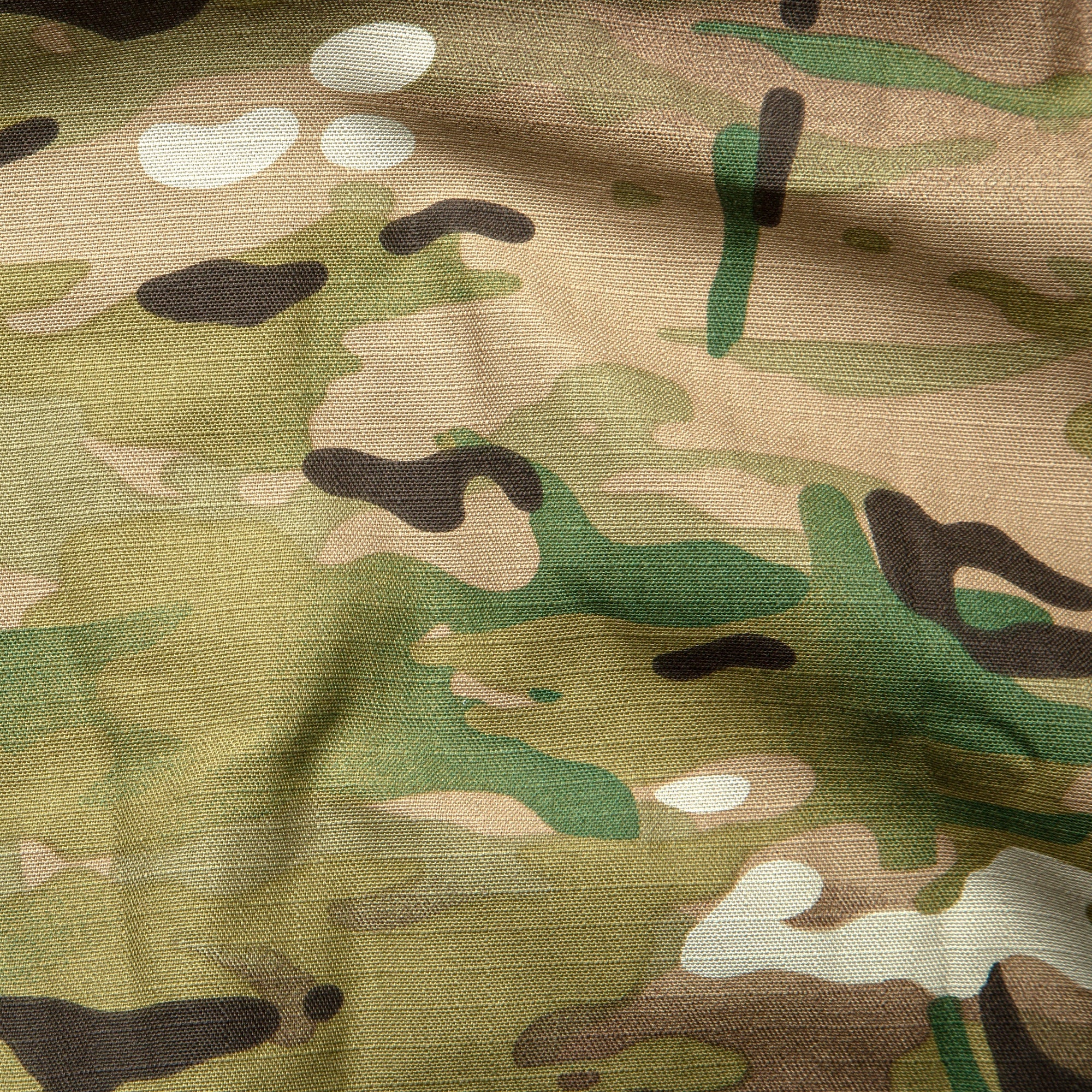Fixed bar watches, a notable design element in the world of horology, refer to timepieces with fixed lugs—where the strap or bracelet is attached directly to the case without the use of removable spring bars or pins. This design choice, while not as common today, has played a significant role in the history of watchmaking. This blog post explores the origins, development, and impact of fixed bar watches, shedding light on their unique characteristics and historical significance.
Origins and Early Adoption
1. Early Watch Design:
- Initial Concepts: The concept of fixed bar watches can be traced back to the early days of wristwatch design. Early wristwatches, particularly those from the late 19th and early 20th centuries, often featured fixed lugs or bars that were integral to the watch case.
- Durability and Style: Fixed bars were initially designed for durability and simplicity. By integrating the lugs directly into the case, watchmakers could create a more robust and streamlined timepiece, minimizing the risk of damage to the attachment points.
2. Military and Tool Watches:
- Functional Considerations: Fixed bar watches gained popularity in military and tool watches due to their rugged construction and reliability. These timepieces were often subjected to harsh conditions, and the fixed bars offered added stability and durability compared to removable spring bars.
- Notable Examples: Military-issued watches from World War II, such as those used by the British Army and other Allied forces, frequently featured fixed bars. These watches were designed to withstand extreme conditions and were valued for their robustness.
Design and Characteristics
1. Construction and Functionality:
- Fixed Lugs: In a fixed bar watch, the lugs are permanently attached to the watch case, creating a seamless connection between the case and the strap or bracelet. This design eliminates the need for removable spring bars, which are commonly used in modern watches.
- Advantages: The fixed bar design offers several advantages, including increased structural integrity and reduced risk of strap or bracelet detachment. It also contributes to a more streamlined and cohesive appearance.
2. Limitations:
- Strap Replacement: One of the limitations of fixed bar watches is the difficulty in changing straps or bracelets. Unlike watches with removable spring bars, fixed bar watches often require specialized tools or professional assistance to replace or adjust straps.
- Versatility: Fixed bar watches may offer less versatility in terms of strap options compared to those with removable bars. Users may find it more challenging to customize the look and feel of their watch.
Evolution and Legacy
1. Transition to Removable Bars:
- Modern Trends: As watchmaking technology evolved, removable spring bars became the standard for most watches. The removable bars offered greater convenience and flexibility, allowing users to easily change straps and adapt their watches to different styles and needs.
- Historical Significance: Despite the shift towards removable bars, fixed bar watches remain significant in the history of watchmaking. They represent an important design choice that reflects the priorities and constraints of earlier eras.
2. Collectibility and Appreciation:
- Vintage Appeal: Fixed bar watches have become sought after by collectors and enthusiasts interested in vintage timepieces. Their historical significance, unique design, and association with early military and tool watches contribute to their appeal.
- Restoration and Preservation: Enthusiasts and collectors often seek to restore and preserve fixed bar watches, appreciating their historical value and craftsmanship. These timepieces offer a glimpse into the evolution of watch design and the priorities of past eras.
In Short
Fixed bar watches represent a unique chapter in the history of watchmaking, characterized by their durable construction and distinctive design. While modern trends have largely shifted towards removable spring bars, fixed bar watches remain a testament to early innovations in timepiece design. Their historical significance, practical advantages, and appeal to collectors underscore their place in the evolution of horology. As watch enthusiasts continue to explore and appreciate vintage timepieces, fixed bar watches stand as a reminder of the enduring legacy of classic watch design.













Share:
Garmin Watches: A History of Innovation in Wearable Technology